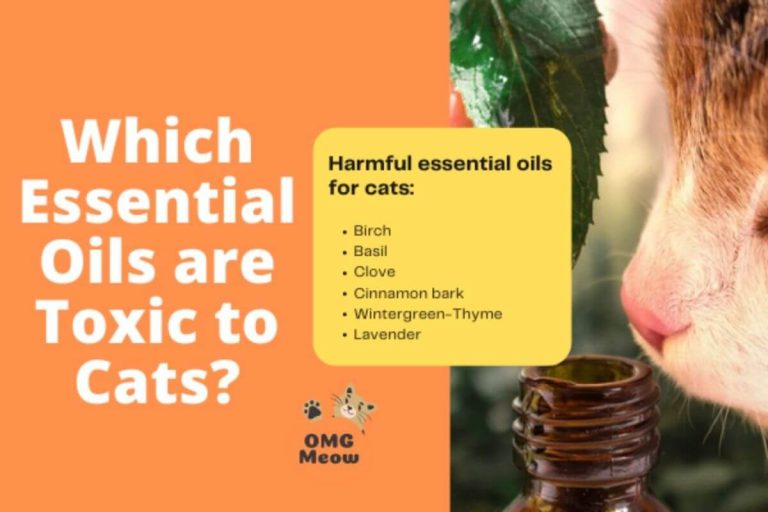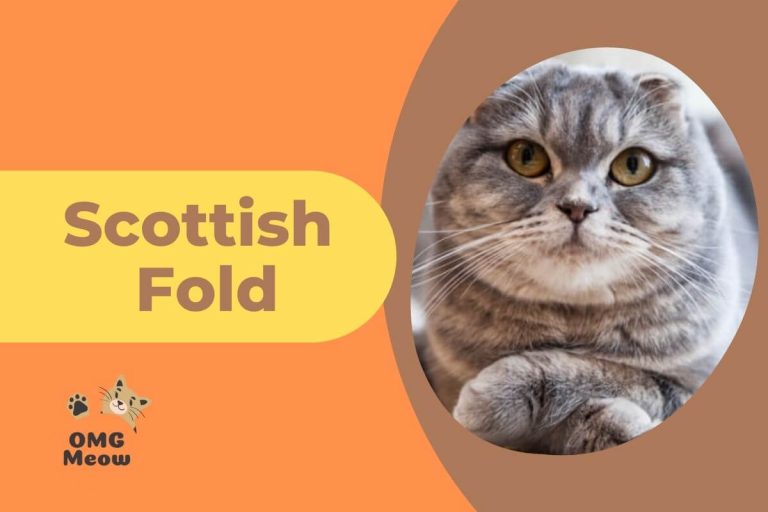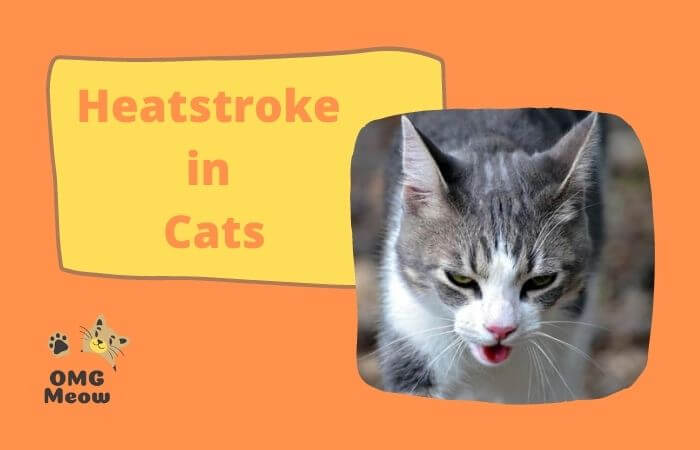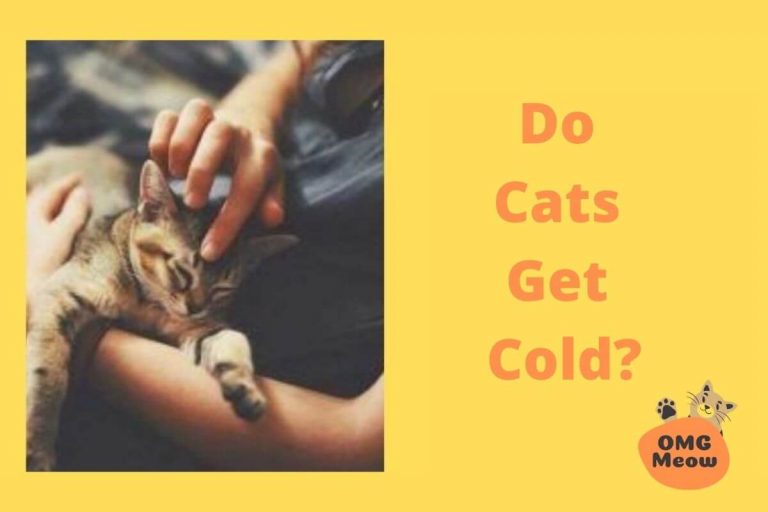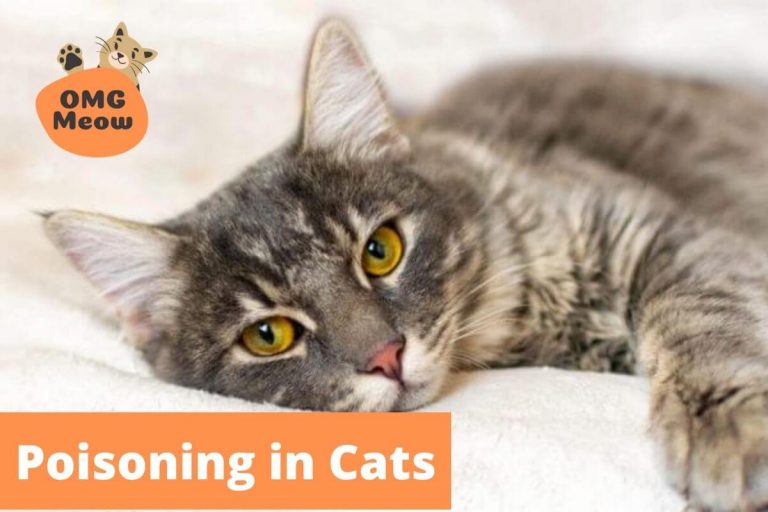Although cats are known for their demanding eating habits, an owner should never overlook the fact that their cat does not want to eat. Avoiding food can be a symptom of feline liver lipidosis, a common but potentially serious condition.
Keep reading below to see detailed information about the origin of hepatic lipidosis in cats, its causes, and its main symptoms. Also know which cats are more likely to develop it, how it is diagnosed, what is its treatment, and what you can do to prevent it.
Note. During the writing of this article, different specialized sources in veterinary medicine were consulted. Even so, its content is informative. In no case is it intended to contradict or replace the diagnosis and guidance of your veterinarian.
What is Hepatic Lipidosis and why does It occur in cats?
Feline hepatic lipidosis, or fatty liver disease, is a serious and debilitating condition characterized by abnormal accumulation of fat (triglycerides) in the cat’s liver. This condition can occur without an obvious cause, or it can be secondary to another disease.
Interestingly, liver lipidosis only affects cats; it does not occur in any other animal.
Any circumstance that significantly decreases food intake for 3-4 consecutive days can lead to its development. Although there are different risk factors, a cat faces greater danger if it has been without eating for a long time. It should be noted that the predisposition to fatty liver does not vary with gender or race.
Why does the accumulation of fats occur in the cat’s liver?
As an owner, it is important that you understand what is going on in your cat’s body. This will not only help you understand the source of the problem but also help you avoid it in the first place.
When the food supply is very low, or the body is unable to use the energy from ingested food, the cat’s body begins to store fat cells as an energy source. This can happen in the case of:
- A reduction in appetite from pain, stress, sudden changes in diet, etc.
- An increase in energy requirements is due to conditions such as hyperthyroidism or cancer.
- A disturbance in the breakdown, absorption, and use of energy caused by conditions such as diabetes or pancreatitis.
If a cat goes several days without food, or simply does not ingest the necessary calories, its body begins to send fat cells to the liver to convert them into energy. This is where the problem arises, especially if it is an obese or sedentary cat ( fat metabolism in these cats is not efficient ).
Felines are designed to move quickly, hunt small prey, and eat a few times a day. These animals did not evolve to eat large meals or to eat constantly throughout the day. That means their bodies didn’t evolve to store or metabolize too much fat.
Your cat’s liver may not be efficient at metabolizing all the fat mobilized in response to a lack or insufficient food. As a result, there is an accumulation of triglycerides in the liver, preventing its normal functioning. According to the Merck Veterinary Manual, it is at this point that the pet develops the condition of fatty liver or hepatic lipidosis.
Commonly, the cat becomes jaundiced, showing a yellow color to the skin, mucous membranes, and the whites of the eyes. If not treated quickly, the condition can be fatal.
Causes associated with hepatic lipidosis in cats
According to experts, between 80 and 90% of fatty liver cases in cats are due to an underlying condition ( secondary hepatic lipidosis ). That is, lipidosis occurs as a consequence of another disease. When an underlying cause cannot be identified, it is known as primary hepatic lipidosis; however, this is the less frequent scenario.
The 7 diseases that can cause or increase the risk of hepatic lipidosis in cats are:
- Diabetes
- Hyperthyroidism
- Pancreatitis
- Cancer
- Inflammatory bowel disease (IBD)
- Renal disease
- Altered liver function (cholangitis, hepatitis)
What are the main risk factors?
In general, a cat is more likely to develop fatty liver if:
- Your kitty hasn’t been eating, or aren’t eating enough
- Are overweight or obese
- Have an acute/chronic health condition
- Eat a very high-fat diet
- Live in a stressful environment
- Are subjected to sudden changes in diet
The loss of appetite, or significant reduction in caloric intake, is the most frequent predisposing factor for feline hepatic lipidosis.
When making dietary changes, many owners mistakenly think: “If my cat is hungry enough, then he will eat the food.” When it comes to cats, that can be a dangerous assumption.
Early signs and advanced symptoms of Hepatic Lipidosis
Many cats with hepatic lipidosis have a history of not having eaten for several days. This period of loss of appetite can be as short as 2 days. As a result, the pet experiences rapid weight loss, progressing to losing 40-60% of its body weight.
The initial symptoms of feline hepatic lipidosis include:
- Loss of appetite
- Dehydration
- Weightloss
- Vomiting, nausea, and excessive drooling
As the condition progresses, the following may be observed:
- Jaundice (yellowing)
- Lethargy, depression
- Muscle loss
- Diarrhea or constipation
- Head and neck hanging down
- Collapse
If the cat is not treated or has a severe case of fatty liver, it may experience the typical symptoms of liver failure. These include:
- Black tarry stools
- Bruising (abnormal blood clotting)
- Eat (due to accumulation of toxins from the liver)
- Abnormal behavior that progresses to seizures
- Death
How is hepatic lipidosis diagnosed in cats?
The diagnosis of fatty liver disease in cats is achieved through a physical examination, history of food and medicines, and various blood tests and imaging tests ( specifically the liver and gallbladder ).
The blood tests help assess levels of white blood cells and red blood cells, liver and kidney function, protein concentrations, electrolytes, and even blood clotting.
On the other hand, ultrasound and abdominal radiography facilitate the confirmation of the diagnosis, since the fatty liver looks different (enlarged) from the healthy liver.
In some cases, a liver tissue sample may be required, which is obtained by biopsy or needle aspiration. A tissue that shows a large accumulation of fat is the definitive test to diagnose liver lipidosis.
Treatment: can liver lipidosis in cats be cured?
As long as it is detected in its early phase, feline hepatic lipidosis is a treatable and curable condition.
Treatment of fatty liver is based on nutritional support, which often requires force-feeding through a tube. The liquid recovery diet is designed to restore the metabolic balance of the animal, trying not to generate stress in its organism.
This tube should be kept until the cat is able to feed itself. Recovery with nutritional support usually takes 6-8 weeks, but some cats may need up to 18 weeks.
The liver must resume its normal function so that it can mobilize excess fat stores.
Some pets can be hospitalized for several days to correct dehydration by giving fluids through an IV. Hospitalization is especially important in cats with advanced hepatic lipidosis that present with jaundice, seizures, and other complications.
While nutritional support is the most important component of a home or hospital treatment, many cats are also treated with medications to support liver function, decrease nausea, stimulate appetite, and correct electrolyte imbalances.
Likewise, supplementation with vitamin B12 and vitamin K is recommended. As has been observed, cats with hepatic lipidosis are deficient in both vitamins.
Once the treatment is advanced, it will be necessary to carry out new blood tests to verify that the cat’s liver enzymes are returning to normal.
Warning! Be sure to follow your vet’s guidance on feeding, recovery time, and other home care. Never try to remove the catheter yourself; Although it is a simple procedure, it is best to leave it in the hands of a professional.


